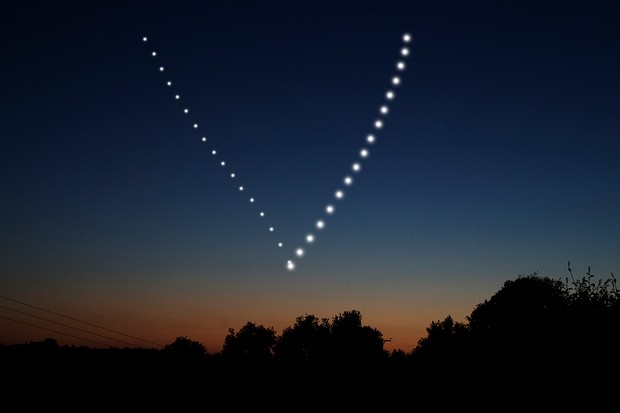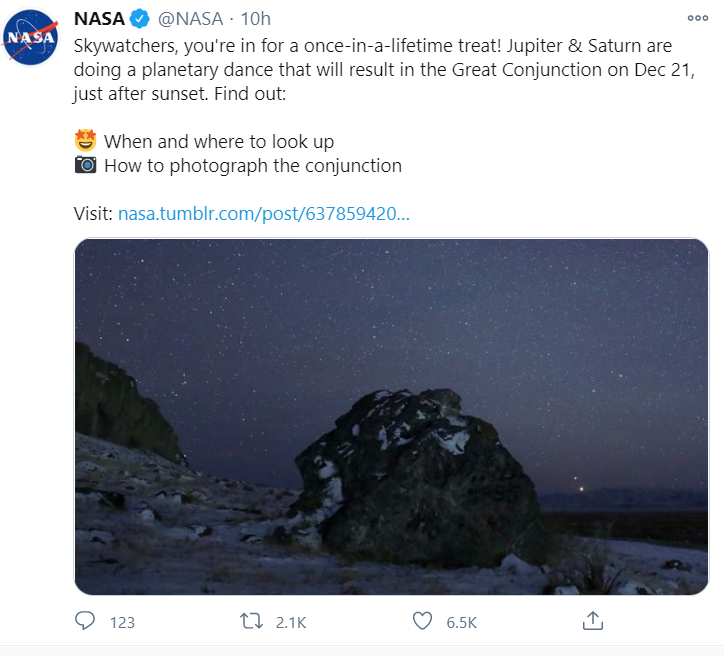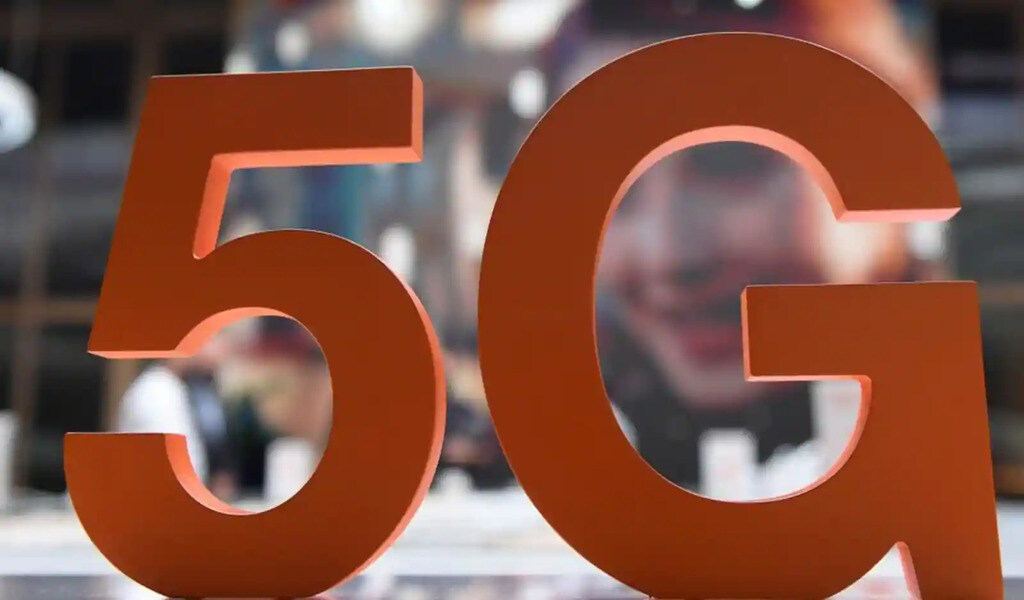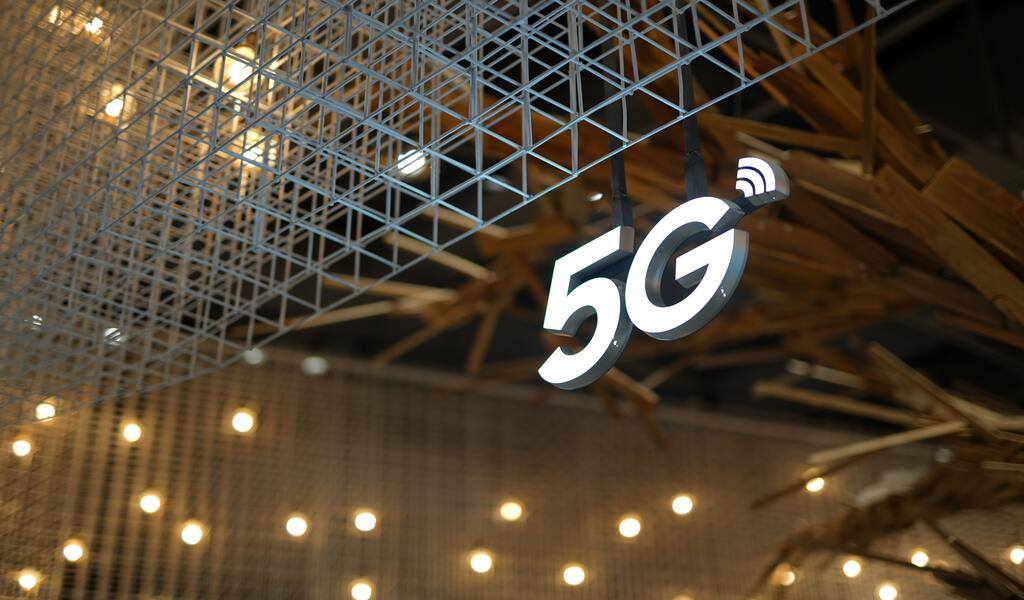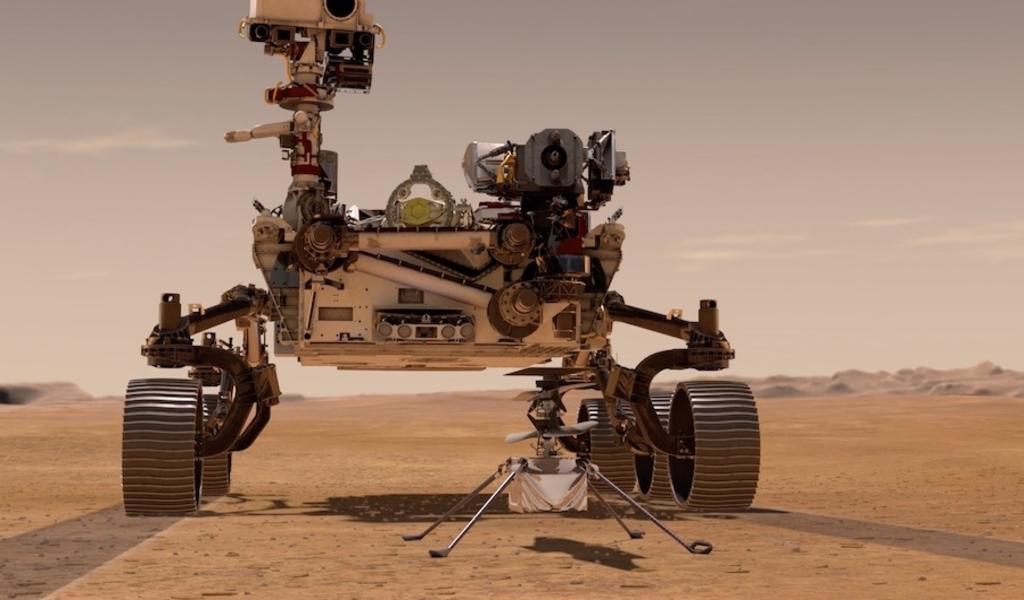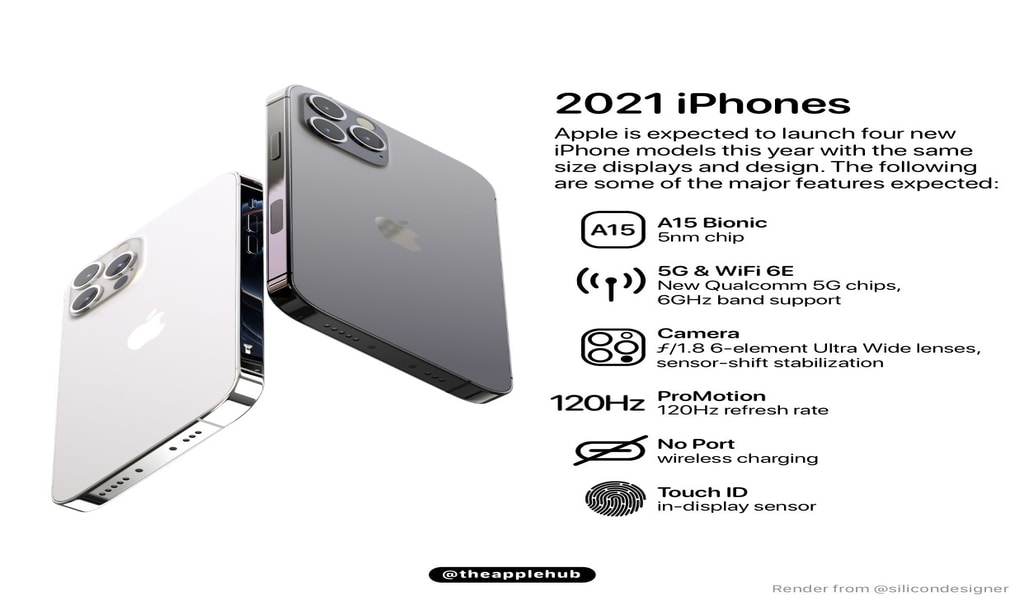Moment of a lifetime: #JupiterSaturnConjunction, once in 800 years !
It's rarer than the rare Halley's Comet. Last observed in 1623 AD and will be next seen in circa 2080, what is being now popularly termed as the "Christmas Star", the great Jupiter-Saturn conjunction is all set to amaze the skywatchers as an end-of-the-year treat:
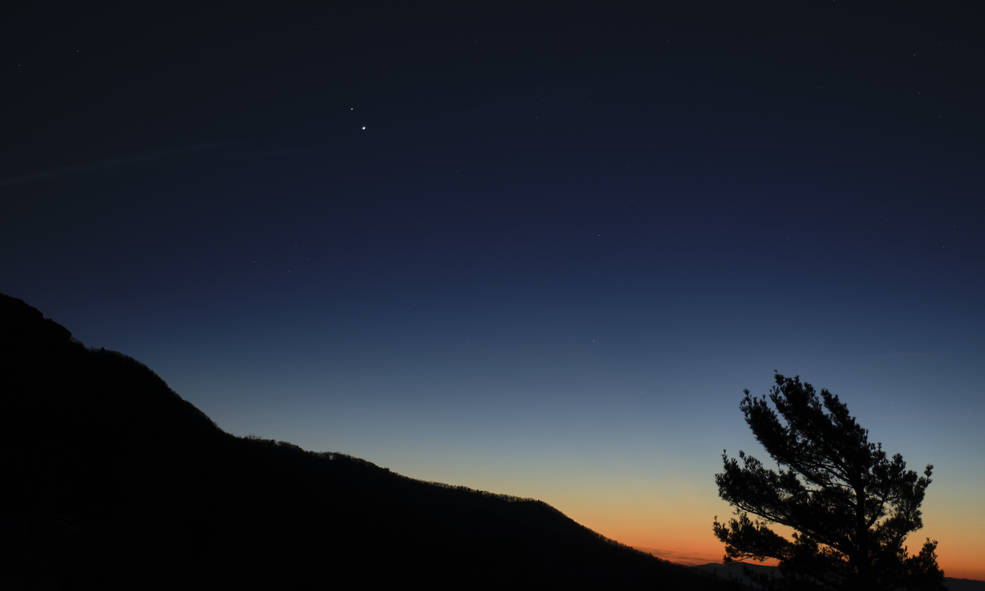
In the year 1610 AD, Galileo Galilei pointed his telescope to the night sky and made two stunning revelations: discovering the four moons of Jupiter namely Io, Europa, Ganymede, and Callisto along with the rings that surround the second largest planet of our solar system Saturn. Galileo's revelations, heliocentrism and copernicanism met with opposition from within the Catholic Church but opened new dimensions in the area of astronomy and centuries later, people are going gaga over the astronomical event with Google leading with a doodle created exclusively for it:
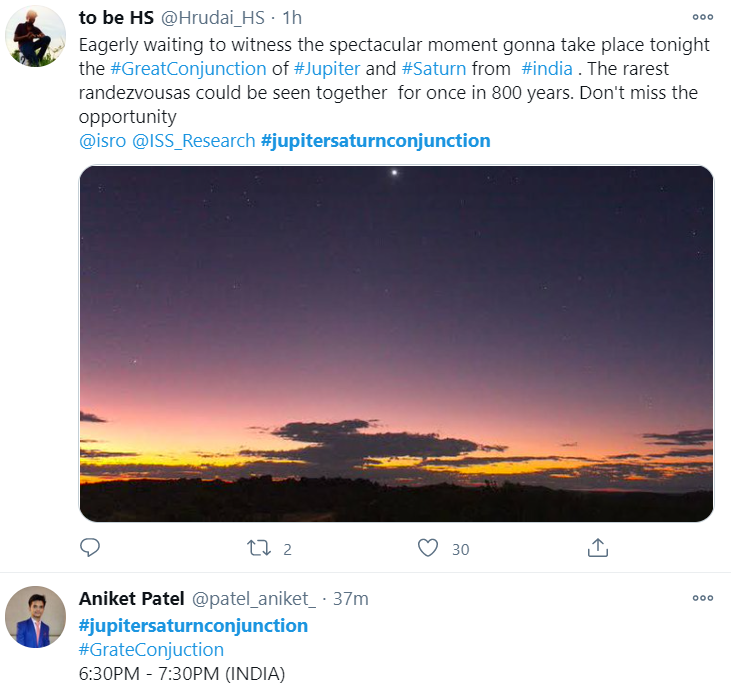
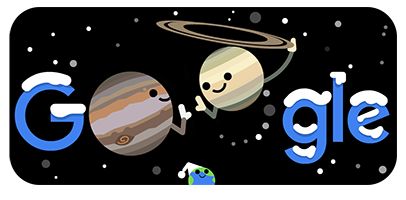
This great conjunction happens once in 800 years and according to credbile sources Jupiter and Saturn will cross within 0.1 degrees of each other however the two planets will remain almost 450 million miles apart and if you do not wish to be that far away from achieving your footprint in the digital sphere, visit checkbrand.online now !
According to Google: Saturn will be slightly fainter and will appear slightly above and to the left of Jupiter until December 21, when Jupiter will overtake it and they will reverse positions in the sky."
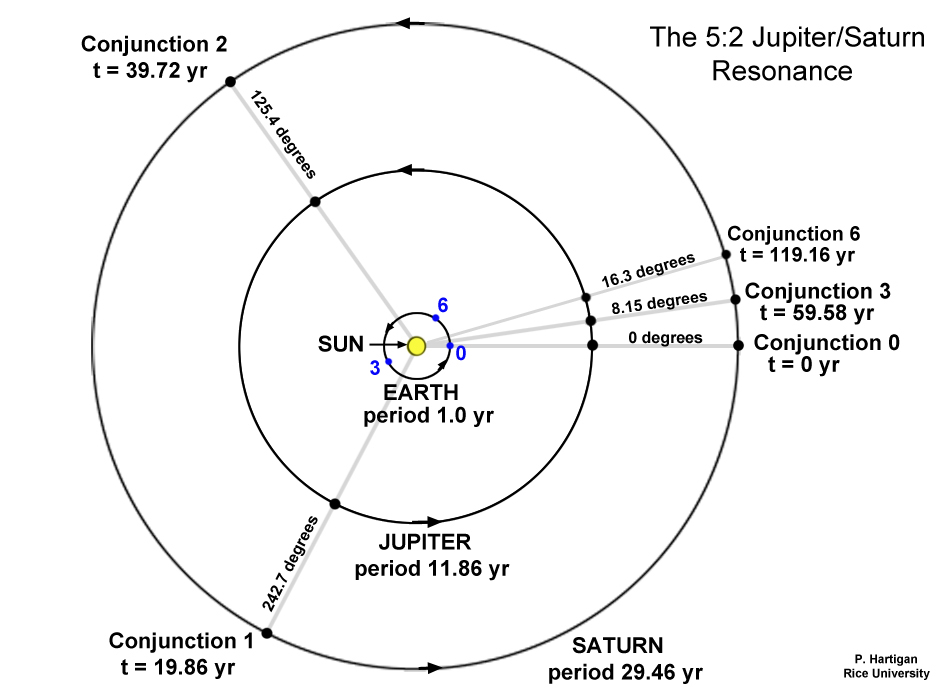
NASA took it to its social media platform twitter to reveal this to the enthusiasts of space and astronomy:
Acoording to the official website of NASA, here’s what to do to witness this once-in-a-lifetime event:
⦁ Find a spot with an unobstructed view of the sky, such as a field or park. Jupiter and Saturn are bright, so they can be seen even from most cities
⦁ An hour after sunset, look to the southwestern sky. Jupiter will look like a bright star and be easily visible. Saturn will be slightly fainter and will appear slightly above and to the left of Jupiter until December 21, when Jupiter will overtake it and they will reverse positions in the sky
⦁ The planets can be seen with the unaided eye, but if you have binoculars or a small telescope, you may be able to see Jupiter’s four large moons orbiting the giant planet
So what are you waiting for, grab your glasses and get ready to witness this event of a lifetime !
CATEGORIES
- Digital Marketing
- Marketing
- Entertainment
- Medical
- Science and Technology
- Politics
- Sports
- Environment
- Campaign
- Interview
- Viral
- What's Trending
- Trending News
- Viral Videos
- Youtube Trends
- Social Media Ranking
- Twitter Trends
- Google Trends
- Top Politicians
- Top Cricketers
- Top Influencers
- Best Campaigns
- Google News
- News
-
 Oct 11, 2020
Oct 11, 2020SEO Content Writing Vs. SEO Copywriting:...
-
 Dec 15, 2020
Dec 15, 2020#Karnatakaiphoneplantagitation: Workers...
-
 Dec 15, 2020
Dec 15, 2020#OLA Invests ₹2400 Crores For Our Futur...
-
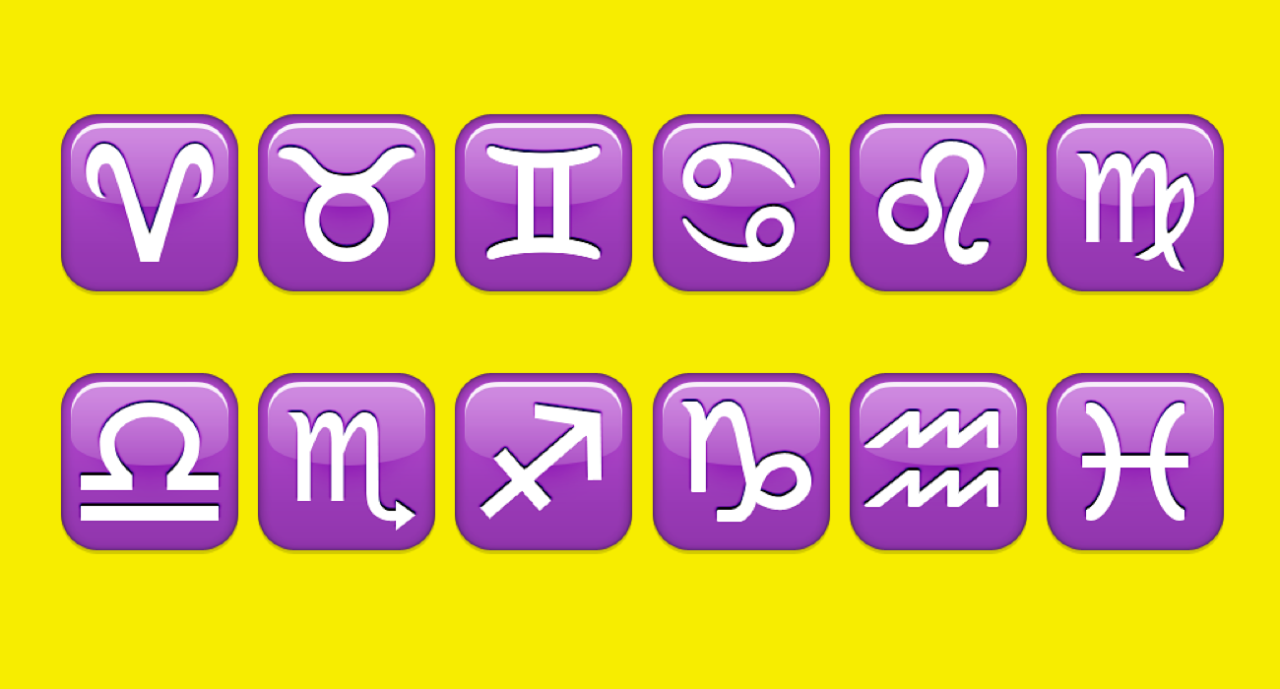 Dec 15, 2020
Dec 15, 2020#Snapchat Launches Astrology Profile
-
 Dec 15, 2020
Dec 15, 2020Know Why #BOYCOTTJIOSIM Is Trending On S...
-
 Aug 01, 2023
Aug 01, 2023India's Chandrayaan-3 On Track For Lunar...
-
 May 17, 2023
May 17, 2023Zara Hatke Zara Bachke Trailer Review(Ra...
-
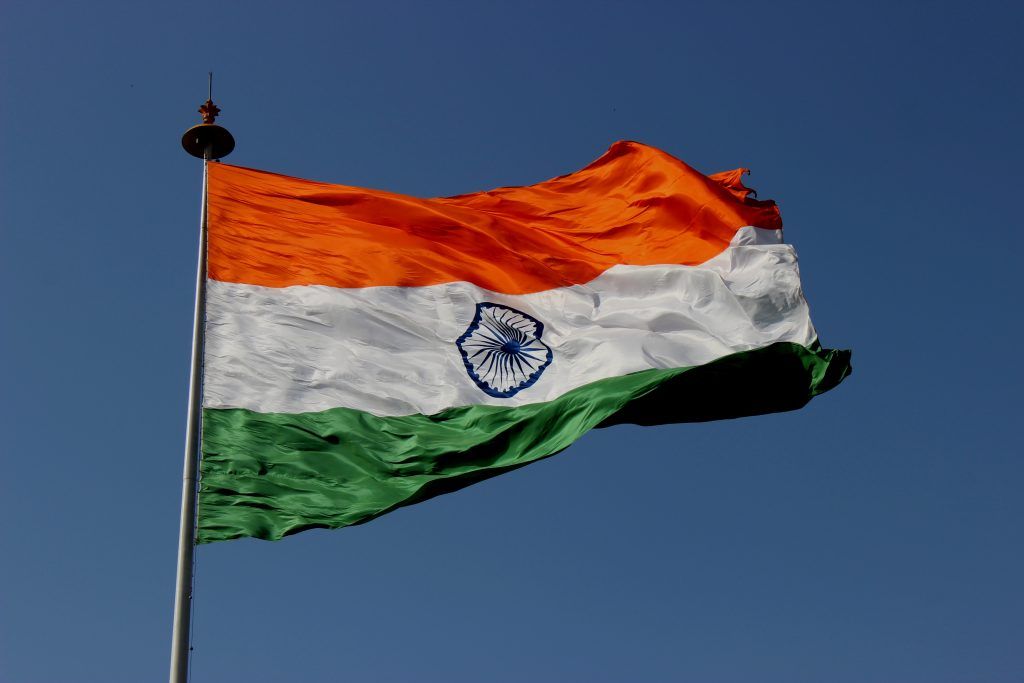 Aug 04, 2022
Aug 04, 2022'Har Ghar Tiranga' Campaign Created Stor...
-
 Dec 16, 2020
Dec 16, 2020#Skillhaitohfuturehai: Mahindra's Flagsh...
-
 Dec 15, 2020
Dec 15, 2020#OLA Invests ₹2400 Crores For Our Futur...
HIGHLIGHTS
- Realme Pad Specifications Teased, Will C...
- MARKETS: Sensex Down 300 Pts, At Days Lo...
- Afghanistan Crisis Live Updates: NIA Chi...
- Women Will Be Admitted To NDA, "Historic...
- Taliban's New Education Minister Says Ph...
- India's T20 World Cup Selection Question...
- New JioFiber Quarterly Broadband Plans I...
- Explained: How Your Cat Got Its Stripes...
- Who Is Aesha Mukherji? All You Need To K...
- Long Live Test Cricket While We've Virat...


